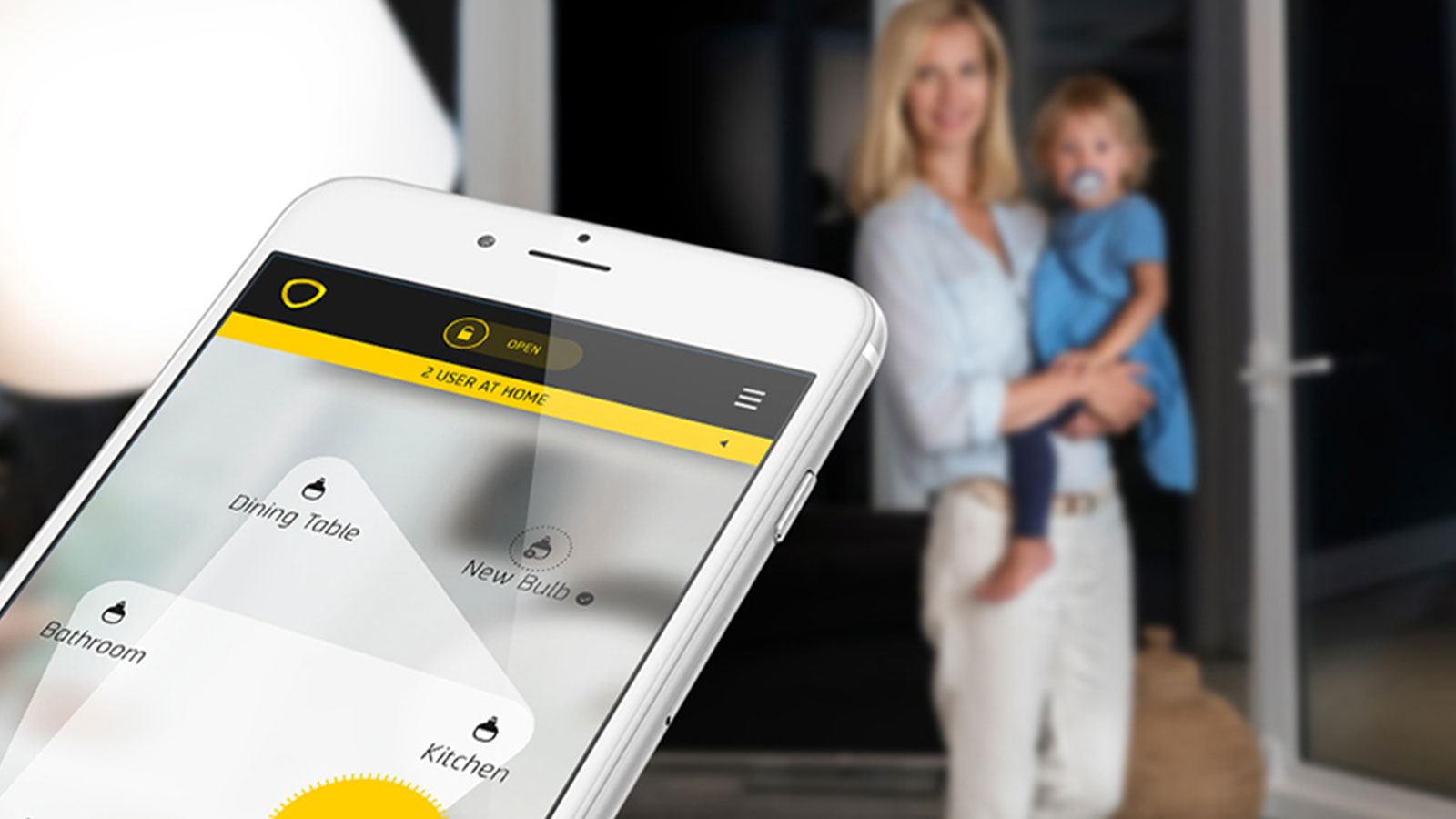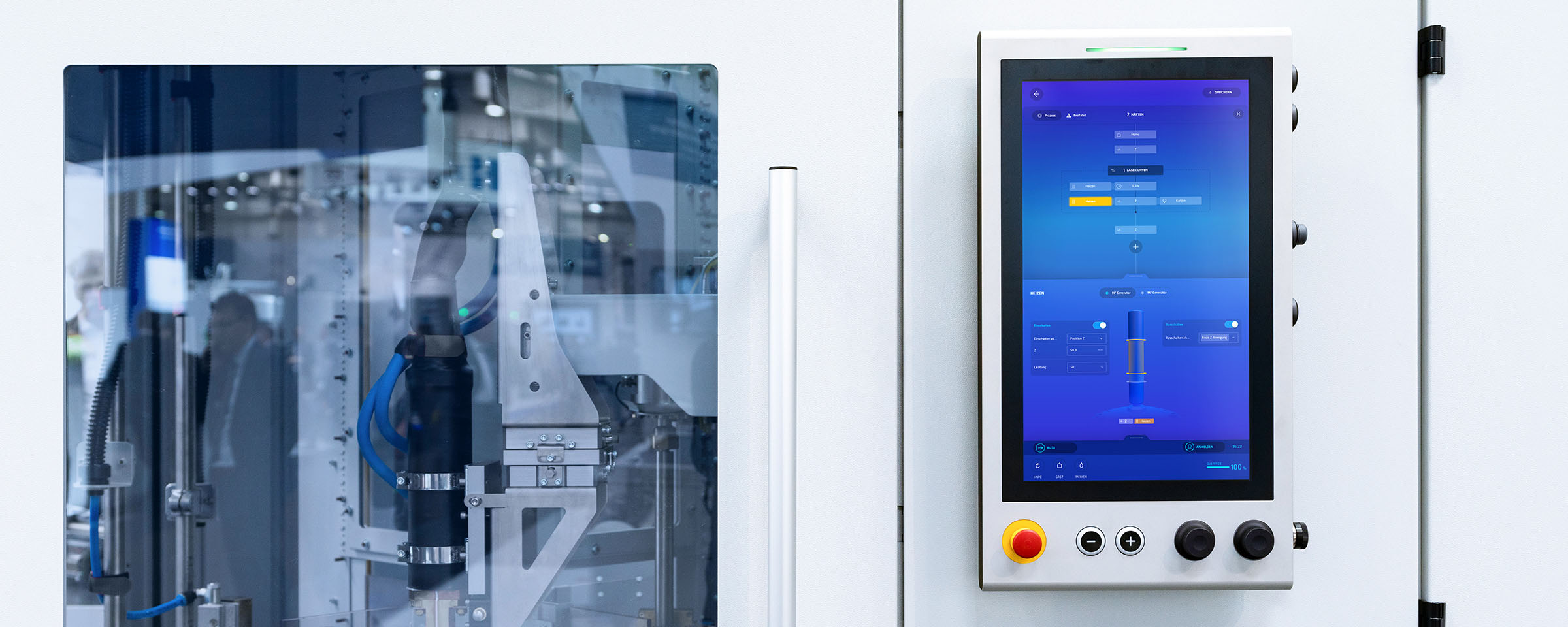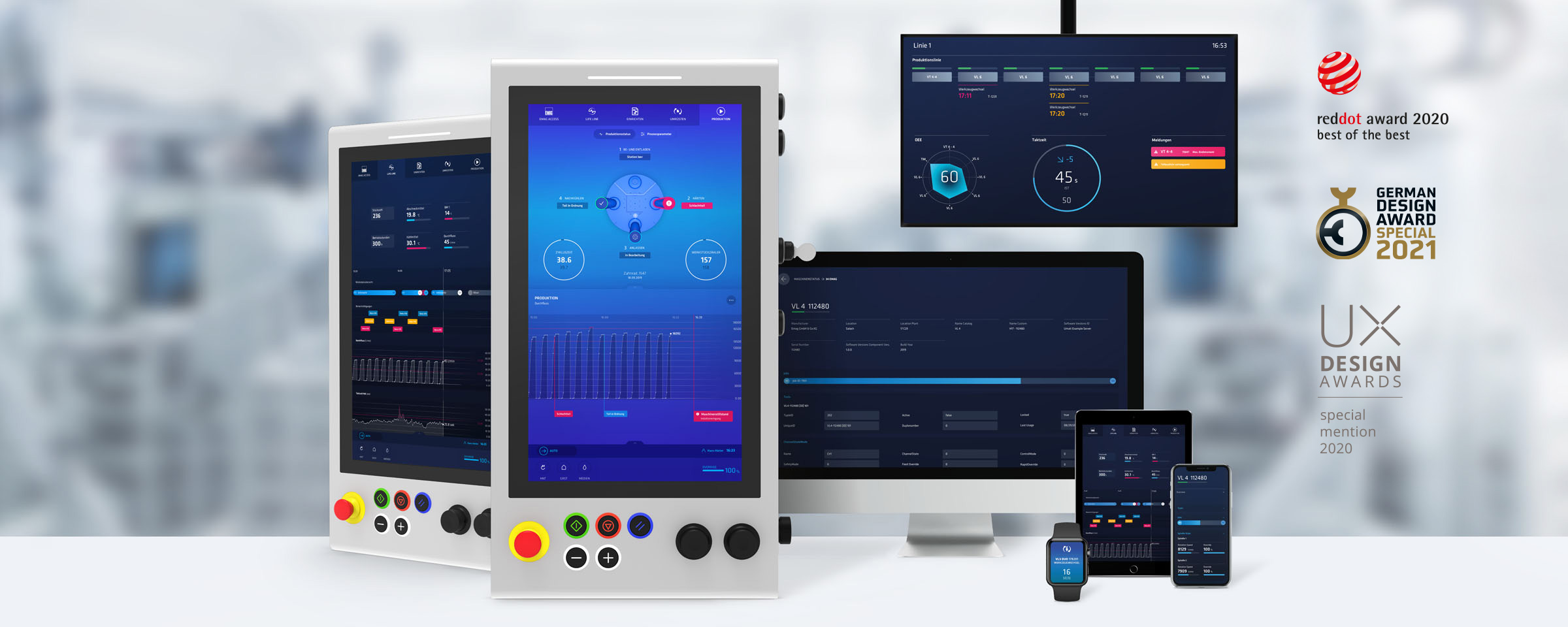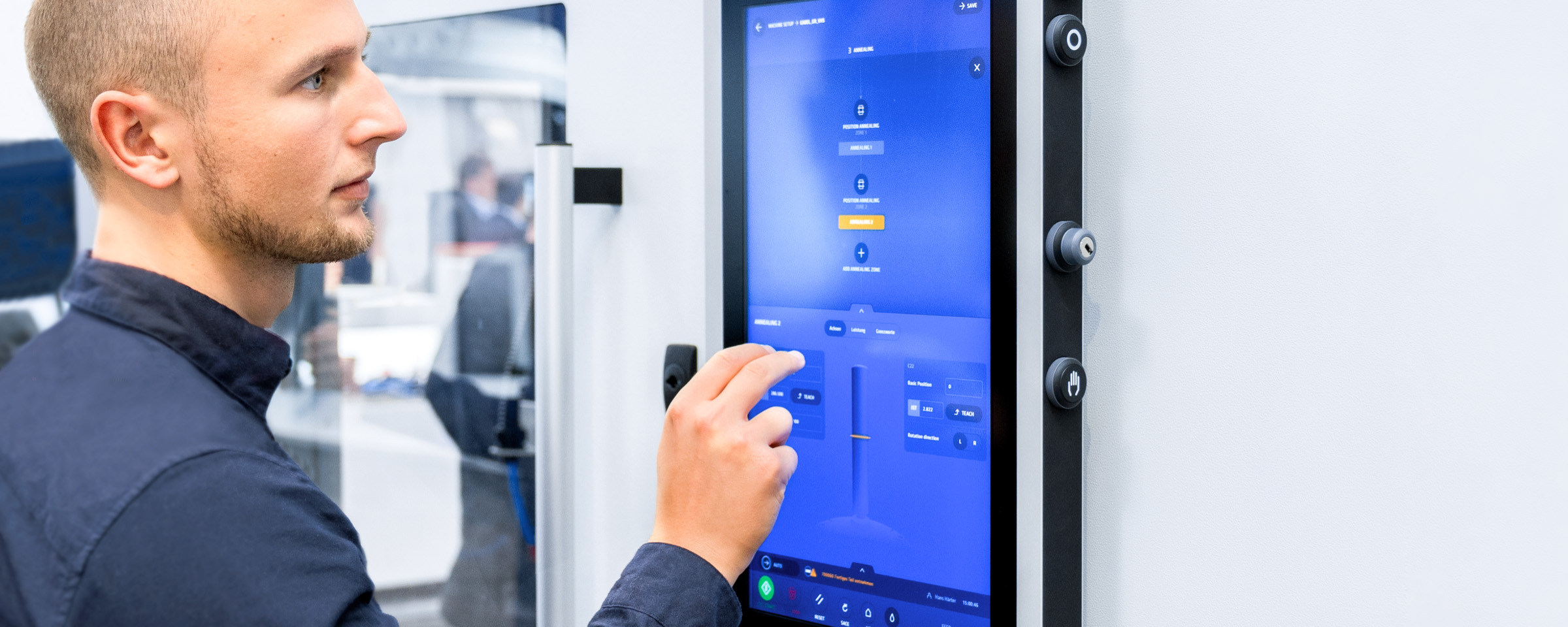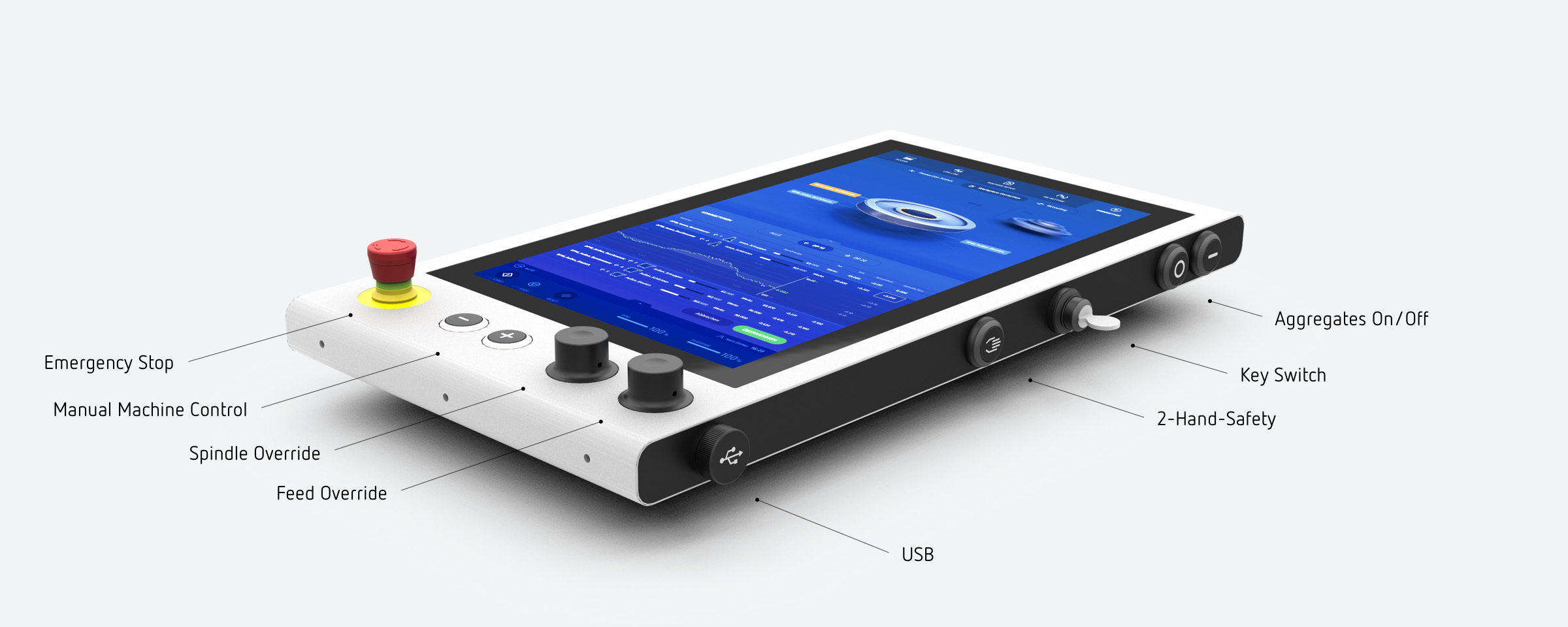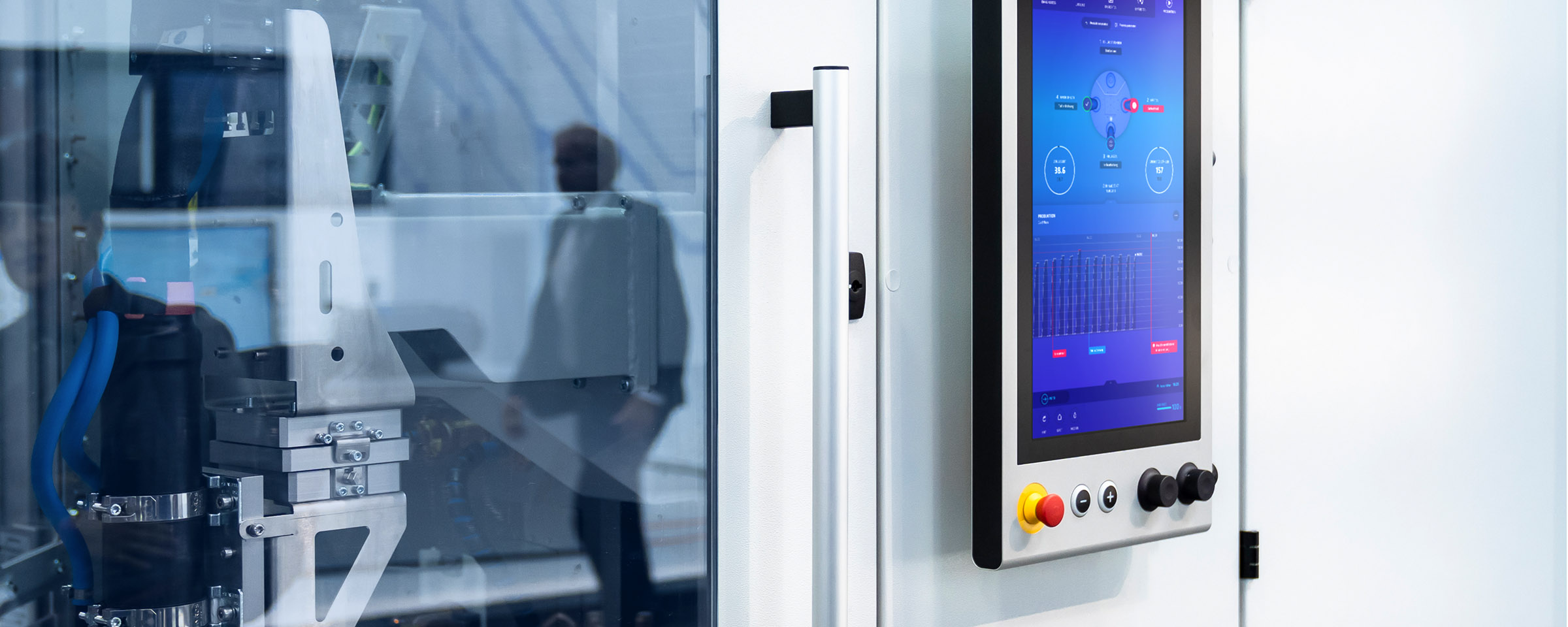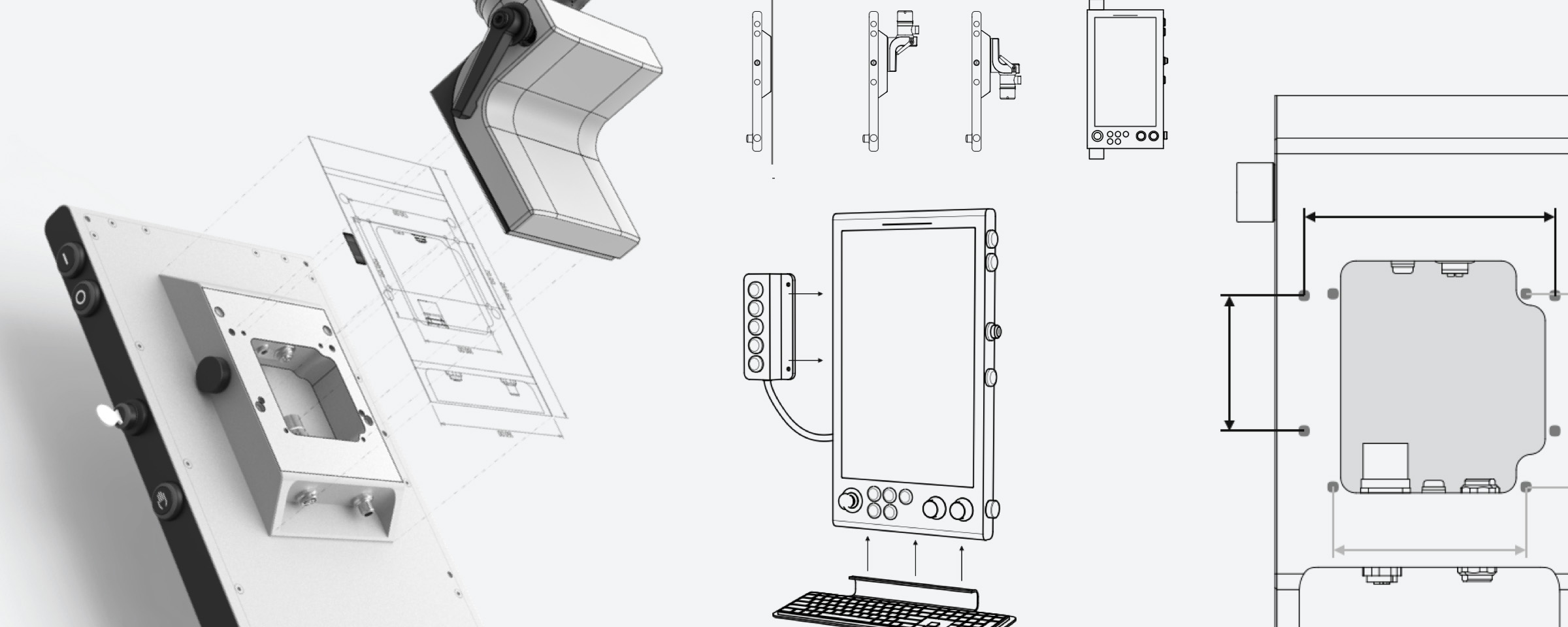Services
Industries
About us
EDNA – Industry 4.0 plattform
- The factory of the future is connected
- One user interface for all machines
- EDNA Panel – The face of the machine
- The EDNA interface concept
- Life Line – Value through data-based services
- Strategy, design and development from a single source
The factory of the future is connected
Software and networking are the two primary drivers for progress in modern production. This does not only apply to the realization of "chaotic production". The digital solutions that EDNA provides also ensure that machine tools remain operable and have to be maintained by fewer employees.
At the core of all our initiatives for this project was an in-depth analysis of all the processes involved. Together with the EMAG team, we isolated the crucial work steps and divided them into user journeys. With this method, we were able to visualize the needs of the various user groups.

„Our team has developed a deep understanding of digital and networked production systems. Together with EMAG we have designed maps for the world of production to make current challenges visible and help identify opportunities for future networked products”
One user interface for all machines
We started the process with this claim. The path to such simplicity leads through complex challenges: How can the many different workflows be reduced to a common denominator? What requirements do people have in different process steps? We defined three principles that form the backbone of the new production ecosystem.
Simplicity
Workers have to operate more and more machines in parallel. At the same time, the demand for skilled workers cannot be adequately met. Therefore, with the challenges encountered by employees and employers alike, the machines' user interface must be clearly structured and intuitively operable. This leads to reduced training times and an increase in production efficiency and quality.
Consistency
The processes of soft and hard machining of metals are very different from each other. However, by developing uniform operating patterns, we solve part of the issue in the resulting complexity. Now workers can efficiently switch between different EMAG machines and machining technologies.
Connectivity
Modern production thrives from transparency and flexibility. Machine data is collected, aggregated, and is processed using modern web technologies. With this basis, we can support decision making through visualizations, meaningful automation, and artificial intelligence.
EDNA Panel – The face of the machine
The EDNA Panel is the primary user interface to the machine tool. Both features and design were tailored to the complex requirements. The integrated consideration of hardware and software made it possible to develop the panel's uniform structure, which is useful in all contexts. Essential global and safety-relevant functions are also directly integrated into the panel.
The device dimensions and the placement of the controls make the panel lean and ergonomic. A variable suspension offers great freedom in mounting and alignment. The panel can also be expanded with additional modules, such as a keyboard or button bar.
The EDNA interface concept
With EDNA, we developed a 360° experience for metalworking: From the setup of a machine, its operation, and refitting to process monitoring in a large production context.
Intuitive and adaptive: Important production data is graphically displayed and can be captured at a glance. 3D representations also clarify the tools' status. Since software and the panel were considered a unit, the interaction between touch operation and hardware controls was also optimally worked out. Depending on the situation, the hardware swiftly adapts to the machine status.
Modular: A flexible, fast, and error-free operation are crucial during the setup and refitting process. With the development of EDNA Nodes, processes can be put together deftly from a library of single steps. The user is guided smoothly through all necessary entries and can build up highly individual process sequences step by step.
Life Line – Value through data-based services
Life Line is a comprehensive analysis tool for production. Real-time data from the machines are merged and processed as useful information. This results in real-time recommendations for actions that may need to be taken.
It is not only merely a matter of the transmission of machine data. Life Line is a portal for data-driven services that generates status messages and recommendations from its process knowledge and algorithms. The applications can be dexterously combined via a marketplace according to its requirements.
Cross-Market: Life Line also processes data from other machine tool manufacturers. EMAG relies on modern interfaces and industry standards, such as umati, to provide customers with an optimal overview of their entire diverse machine park.
Cross-Device: Function and display are optimized for various contexts. From large status monitors in the production hall to apps for smartphones and smartwatches, the type and scope of content can be adapted to the user's context and needs.
Strategy, design and development from a single source
The EMAG ecosystem of EDNA and Life Line is being developed in an interdisciplinary constellation. We are proud and grateful to be part of this dedicated team. We have supported EMAG in the strategic product development, designing the user experience of the hard and software, and implementing the front-end development with our partners.
Strategy
- Requirement definition & Roadmapping
- Change- & Stakeholder-Management
- Vision & strategy definition
Design
- Industrial & product design
- User-Experience-Design
- Prototyping
Development
- Frontend-architecture
- Design-System development
- Front-end ecosystem implementation
From a machine manufacturer to architects of cyber-physics systems
Intuity Media Lab sees itself as a scout on the path of digital transformation. We forge ahead of our clients into the digital future and come back with new insights to use to their advantage. From future technologies to unarticulated client needs to innovative business ideas.
After looking towards the future, we help organizations to actively shape their future. Our approach is our unique selling point: Our toolbox for influencing the future is made up of methods that we have borrowed from software development and have enhanced with creative methods. Software developers are constantly confronted with complex systems and unclear requirements. However, they are expected to come up with plannable, functioning solutions. In such a volatile environment, with unclear start and target conditions, classic linear approaches do not work. The scope of new solutions must be coded and understood with rapid prototypes and not just in extensive analysis documents. With this method, the findings from implementation can be fed back into the strategy. This also applies to influencing the future of your company.
With our processes, we bring thinking, doing, strategy, implementation, along with client and contractor into the dialogue. We invite you to join Intuity in a dialogue to shape the future of Industry 4.0 together.
